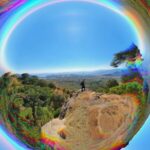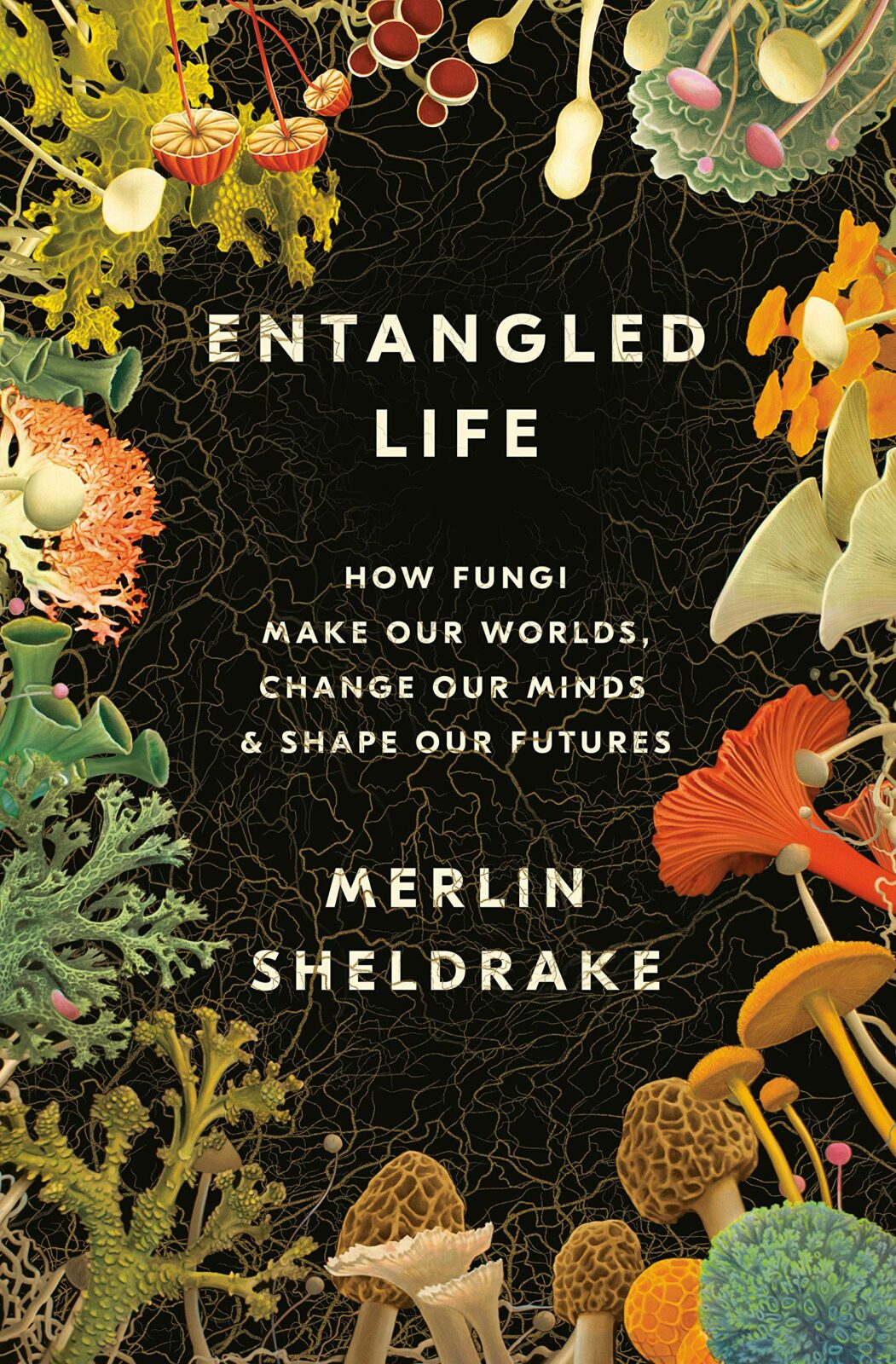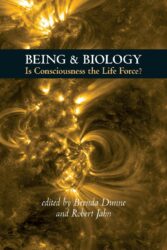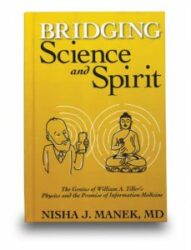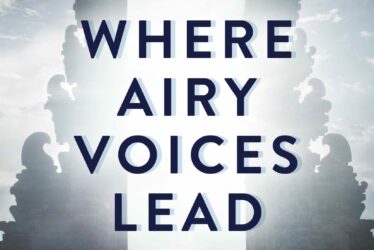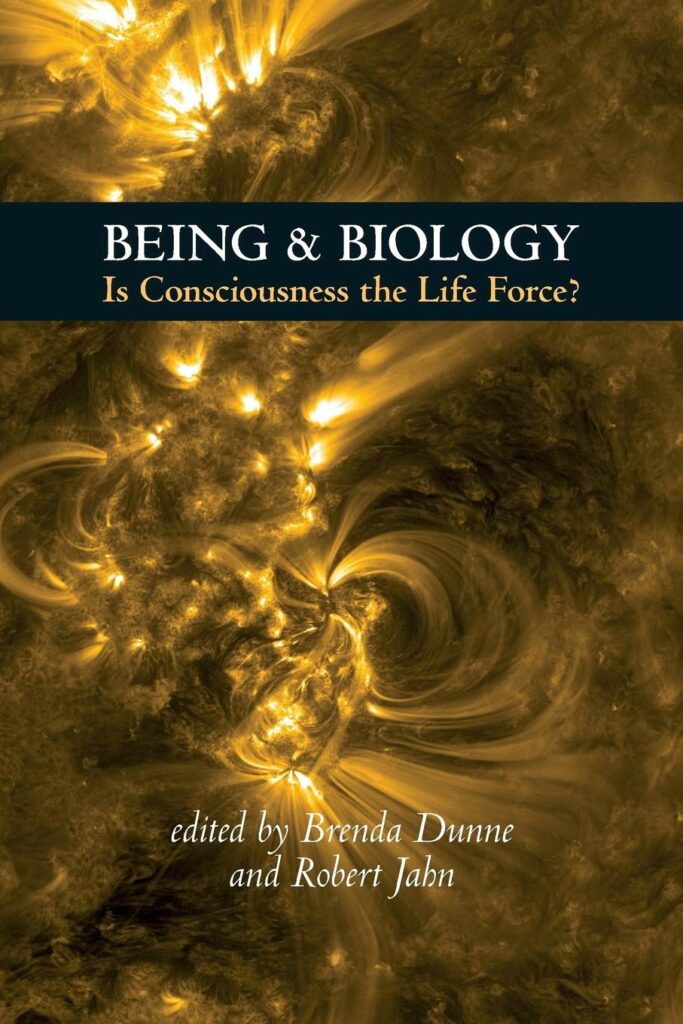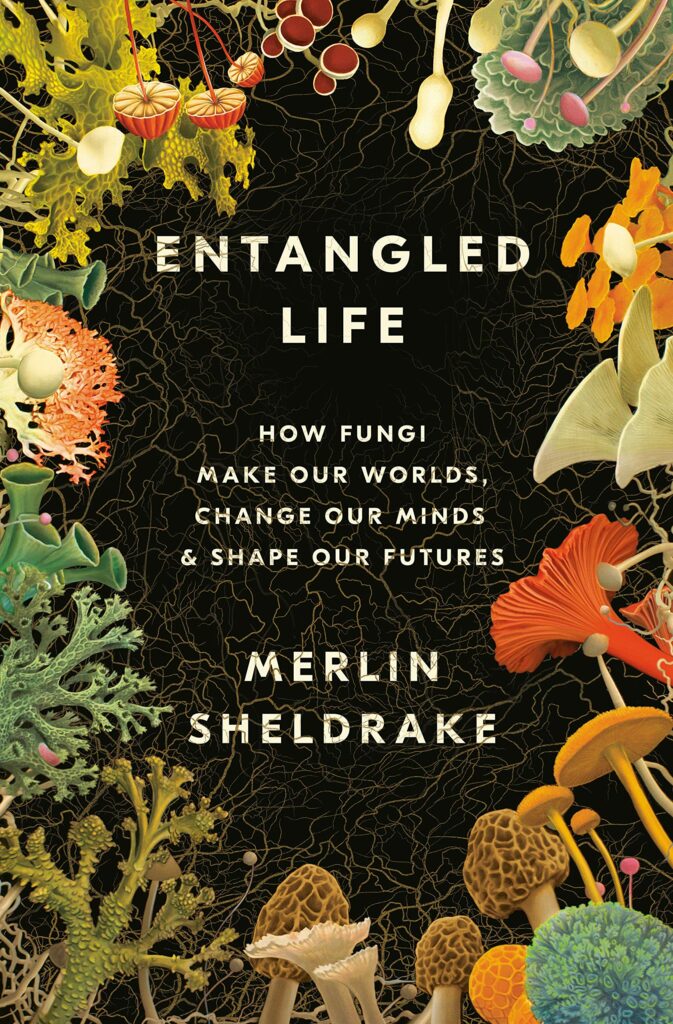
Entangled Life – Merlin Sheldrake
Book Briefing
by David Lorimer
In Adventures of Ideas, the originator of process philosophy, Alfred North Whitehead,
writes that ‘no science can be more secure than the unconscious metaphysics which
tacitly it presupposes.’ He continues that the certainties of science are hedged
around with unexplored limitations and that our handling of scientific doctrines is
controlled by the diffused metaphysical concepts of our epoch. He distinguishes two
aspects of scientific ideas, formed by ‘the meeting of two orders of experience. One
order is constituted by the direct, immediate discriminations of particular
observations. The other order is constituted by our general way of conceiving the
Universe. They will be called, the Observational Order, and the Conceptual Order.’
He continues: ‘the first point to remember is that the observational order is invariably
interpreted in terms of the concepts supplied by the conceptual order… We inherit an
observational order, namely types of things which we do in fact discriminate; and we
inherit a conceptual order, namely a rough system of ideas in terms of which we do
in fact interpret.’ Merlin Sheldrake’s radical and ground-breaking book is quite
remarkable in that it proposes modifications to both orders and initiates a reframing
process – what he calls the ‘loosening of categories’ in relation to our understanding
and experience not only of the fungal world but of life itself and the very notions of
individual autonomy and independence, which are in fact always contextualised in
relationships.
Merlin received his PhD in tropical ecology from Cambridge, where he took an
additional First in history and philosophy of science. In the epilogue, he describes his
introduction to the fungal world through his biologist father Rupert and a pile of
chestnut leaves in their garden, which he put into a bath tub before submerging
himself ‘buried in the rustle, lost in the curious smells.’ He found that the pile sank
over the months and that the damp handfuls began to resemble soil, also with
worms. He asked his father why this was happening and on receiving the answer
asked why again: ‘no matter how many times I asked why he always had an answer.’
And, typically for Rupert, he proposed an experiment, cutting off the top of a clear
plastic bottle and placing ‘alternating layers of soil, sand, dirt leaves, and finally a
handful of earthworms.’ Merlin found that nothing stayed still, ‘sand crept into soil
and leaves crept into sand. The hard edges of the layers dissolved into each other.’
This activity was also the result of tiny creatures invisible to the naked eye ‘able to
mix and stir and dissolve one thing into another.’ He reflects that ‘composers make
pieces of music. These were decomposers, who unmake pieces of life. Nothing
could happen without them.’ This then leads to the thought that ‘unless
decomposers unmake, there is nothing that composers can make with. It was
thought that changed the way I understood how life happens.’ Similarly, Goethe once
said that death was nature's way of making more life. Just in this passage, the
reader can experience a microcosm of the lyrical brilliance that pervades the book as
a whole (Merlin is also a professional accordionist).
Now back to the beginning: Entangled Life takes the reader on an epic journey into
the amazing world of fungal intelligence using a scintillating blend of unique personal
experience, in-depth conversations with world experts in the field and a hugely
impressive grasp of the scientific literature – there are over 80 pages of notes and
references. The reader immediately gains a clear idea of the scope of the book in the
introduction where Merlin describes that fungi are ‘eating rock, making soil, digesting
pollutants, nourishing and killing plants, surviving in space, inducing visions,
producing food, making medicines, manipulating animal behaviour and influencing
the composition of the Earth’s atmosphere.’ These activities are vividly and
engagingly described in the chapters that follow, in the course of which readers will
have their ideas about the central importance of fungi totally transmuted, for instance
by sentences such as ‘plants are socially networked by fungi’ (p. 13), ‘many
sophisticated problem-solving behaviours have evolved in brainless organisms’ (p.
16), ‘biological dark matter’ (p. 19), and ‘in scientific circles imagination usually goes
by the name of speculation and is treated with some suspicion… Sneak backstage
and one might not find people at their most presentable (p. 21). So Merlin wants to
‘let these organisms lure me out of my well-worn patterns of thought’ while hoping
that the book will analogously loosen some of the reader’s certainties – it certainly
has in my own case.
In bringing fungi alive, Merlin relates a series of incidents and experiences involving
fungi, including hunting for truffles, being submerged in hot rotting wood chippings,
taking part in an LSD experiment while reflecting on how this changes his
understanding of his work, investigating lichen in British Columbia, undergraduate
brewing experiments, and scrumping for apples in Cambridge – not just any apples,
though, but apples tenuously connected with Newton’s tree – see below. As
indicated above, these experiences lead to lively discussions with world experts in
the various fields and a detailed consideration of the relevant scientific literature,
further explored in the notes. The result is a richly woven and textured narrative that
carries readers along while helping them navigate this complex subterranean realm.
In his chapter on lichen, Merlin notes that their behaviour ‘presents ways for humans
to think beyond a rigid binary framework: the identity of lichens is a question, rather
than an answer known in advance.’ (p. 102) Mechanistic binary frameworks tend to
use linear analysis involving control rather than symbiosis, whereas lichens are
dynamic systems (this is also the approach of the Gaia hypothesis) involving
complex symbioses. Later (p. 236), he criticises the use of mechanistic metaphors to
understand organisms: ‘organisms grow; machines are built. Organisms continually
remake themselves; machines are maintained by humans. Organisms self-organise;
machines are organised by humans.’ He reminds us that our bodies are also
dwelling places and that ‘life is nested biomes all the way down.’ In a chapter on
mycelial minds, he refers to the effect of psilocybin in reducing brain activity in the
Default Mode Network, which ‘lets the brain off the leash’, resulting in an explosion of
cerebral connectivity, which also has documented therapeutic effects. He reminds us
that it is people rather than brains who have experiences and that this process of
ego dissolution results in a feeling of merging with something greater, exactly parallel
with the outer activity of fungi ‘in challenging our well worn-concepts of identity and
individuality’, but this time ‘in the most intimate possible setting: inside our own
minds.’ (p. 124)
The chapter on mycorrhizal fungi is a revelation, for instance that they are ‘so prolific
that their mycelium makes up between a third and a half of the living mass of soils’
where ‘the total length of mycorrhizal hyphae in the top 10 cm of soil is around half
the width of our galaxy.’ (p. 142) Merlin explains that plants and mycorrhizal fungi are
in active polarity, where shoots engage with light and air while fungi and roots
engage with the solid ground. Astonishingly, the amount of carbon dioxide and
oxygen in the atmosphere and therefore global temperatures, ‘all varied according to
the efficiency of mycorrhizal exchange.’ And the carbon found in soils ‘amounts to
twice the amount of carbon found in plants and the atmosphere combined.’ (p. 161)
He recounts the history of the concept going back to Albert Frank in 1885, along with
the resistance it encountered, paralleled more recently with the initial reception of
Lynn Margulis’ ideas on endosymbiosis.
He reports a study published in 2018 suggesting that the ‘alarming deterioration of
the health of trees across Europe was caused by a disruption of their mycorrhizal
relationships, brought about by nitrogen pollution.’ (p. 159) This takes him back to
the work of Sir Albert Howard, whose seminal Agricultural Testament appeared in
1940, and who was ‘a passionate spokesman for mycorrhizal fungi.’ Merlin finds
Howard’s concern for the life of the soil more than justified by recent studies finding
an abundance of mycorrhizal fungal communities in organically managed fields
compared with none in conventionally managed fields – this represents an arguably
unsustainable ‘ecological sacrifice’. Then there are further parallels in the ecology of
our gut microbiome, the importance of which is now being increasingly recognised.
He rightly concludes that we need to question some of our categories and alter our
behaviour accordingly, so as to ensure sustained mutual cultivation between plants
and fungi.
The chapter on Wood Wide Webs provides a more critical and nuanced account of
the phenomenon, beginning with a quote from Alexander von Humboldt with his
expression ‘net-like, entangled fabric’. Trees can share a mycorrhizal network
leading to what Sir David Read calls ‘a distribution of resources within the
community.’ For instance, ‘a study published in 2016 find out 280 kg of carbon per
hectare of forest could be transferred between trees via fungal connections.’ (p. 171)
Some old trees act as ‘hubs’ and Kevin Beiler found that the most well-connected
tree in a particular area was linked to 47 other trees. Here again, we need a variety
of metaphors and imaginative tools, any single one of which is problematic. With his
incredibly fertile mind, Merlin suggests a number: super-organism, metropolis, living
Internet, socialism in the soil, fungal feudalism, and even a deregulated market ‘with
fungi jostling on the trading floor of a forest stock exchange.’ (p. 191)
The chapter on radical mycology begins with Merlin lying naked in a mound of hot
decomposing wood chips, which leads him to wonder about the remedial potential of
fungi as well as its contribution in terms of decomposition to carbon emissions
amounting to 85 gigatons annually, compared with 10 gigatons from fossil fuels.
Among the innovations emerging from the work of Peter McCoy and building on that
of Terence McKenna and Paul Stamets are the development of fungi that can thrive
on a diet of used diapers, polyurethane plastic and cigarette butts (over 750,000
tonnes are thrown away every year) – this is ‘myco-remediation’ and there are also
‘mycofiltration’ processes to filter polluted water. A further innovation is the fabrication of mycelial products, for instance in packaging. Such trends, Merlin
reflects, could go ‘fungal’ rather than ‘viral’.
The final chapter introduces the role of yeasts, also in relation to brewing and alcohol
with its power to ‘forge and corrode human cultural categories’ (p. 229). Merlin
recounts his own experiences beginning at University, including experimenting with
recipes from historical texts, one of which resulted in what he calls ‘bottled havoc’.
This chapter culminates in such a good story about fermenting overripe fruit – in this
case Newton’s apples – that I read it out loud last night. There is an amusing
interplay of myth and fact around the Newton apple incident (Merlin quotes the
account of a 1726 conversation between William Stukeley and Newton). At any rate,
the director of the Cambridge Botanical Garden told him that he couldn’t pick any
apples as they have to be seen by the tourists to fall from the tree. He located a
community apple press which had been successfully used to manage a problem with
young people using the fruit as missiles: ‘community violence was pressed into juice.
Juice was fermented into cider, cider was drunk into community spirit. The principle
was sound. Human crisis was being decomposed by a fungus.’ (p. 245) Merlin and a
friend harvested the ‘Newton’ apples surreptitiously by night, leaving a few on the
tree for the sake of the myth. This turned into 30 litres of juice, resulting, to his
amazement, in the transformation of bitter and sour apples into a delicate floral and
taste – he called the cider Gravity, in Newton’s honour.
Entangled Life positively bristles with insight, dry humour and a passionately curious
intelligence more interested in raising fresh questions than in reaching definitive
conclusions. The book is a landmark achievement with profound implications for how
we collectively contribute as partners with nature in shaping a sustainable – even
regenerative – future for the whole of life on the planet. I would recommend keeping
Entangled Life firmly on the top of your pile lest it be submerged in accumulating
layers of other reading material subject to a ‘bookworm’ effect.
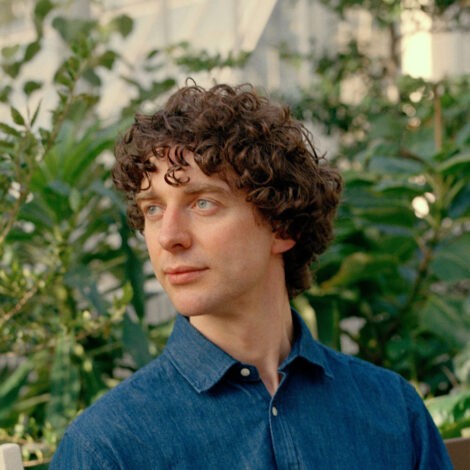
Author
Merlin Sheldrake
Merlin Sheldrake is a biologist and a writer with a background in plant sciences, microbiology, ecology, and the history and philosophy of science. He received a Ph.D. in tropical ecology from Cambridge University for his work on underground fungal networks in tropical forests in Panama, where he was a predoctoral research fellow of the Smithsonian Tropical Research Institute.
Merlin’s research ranges from fungal biology, to the history of Amazonian ethnobotany, to the relationship between sound and form in resonant systems. A keen brewer and fermenter, he is fascinated by the relationships that arise between humans and more-than-human organisms. He is a musician and performs on the piano and accordion. Entangled Life is his first book.

